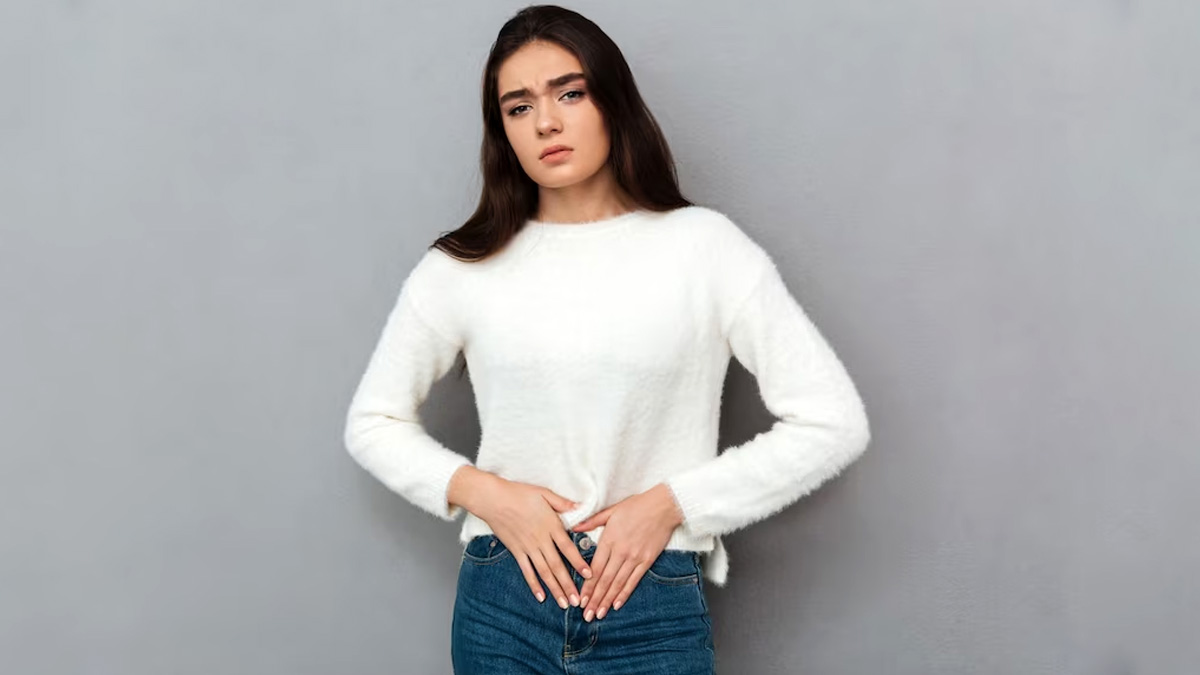
Vulvodynia is a condition characterised by chronic vulvar pain without an identifiable cause. The symptoms can be distressing and have a significant impact on a person's quality of life.
“Vulvodynia is classified as either localised involving a specific area of the vulva, such as clitorodynia or vestibulodynia, or generalised pain that cannot be specified. It can be either provoked, in which symptoms increase with touch or pressure, or unprovoked, in which the pain is persistent, or mixed pain that is constant and also increases with touch or pressure,” said Dr Karthika Lakshmi, Executive Physiotherapist, Cloudnine Group of Hospitals, Bangalore, Bellandur. Let's explore the symptoms, possible causes, and treatment options for vulvodynia.
Table of Content:-
Symptoms of Vulvodynia
Main symptoms of vulvodynia are as follows:
- Pain or Discomfort: Persistent, unexplained pain or discomfort in the vulvar area is the primary symptom of vulvodynia. The pain may be described as burning, stinging, or throbbing.
- Pain During Intercourse (Dyspareunia): Many women with vulvodynia experience pain during sexual intercourse, which can lead to emotional and relationship challenges.
- Pain with Everyday Activities: Activities such as sitting for prolonged periods, wearing tight clothing, or even inserting a tampon may trigger pain in individuals with vulvodynia.
- Redness or Swelling: Some people may notice redness or swelling in the vulvar area, although these physical signs may not be present in all cases.
Also read: Vulvar Cancer: Expert Explains Symptoms, Causes, Prevention, And Treatment
Potential Causes of Vulvodynia
The exact cause of vulvodynia is not well understood, and it may involve a combination of factors. Possible contributors include:
Nerve Irritation or Injury
Nerve-related issues may play a role in vulvodynia, leading to heightened sensitivity or pain signals in the vulvar region.
Muscle Spasm or Tension
Increased muscle tension or spasms in the pelvic floor muscles can contribute to vulvar pain, especially during activities such as intercourse.
Hormonal Changes
Fluctuations in hormone levels, particularly oestrogen, may influence vulvar sensitivity and contribute to pain.
Genetic Predisposition
Some people may have a genetic predisposition to vulvodynia, making them more susceptible to developing the condition.
Treatment Options for Vulvodynia
Sitz Bath
“It is the immersion of a bodily portion in cold water. Because cryotherapy has been utilised in earlier trials for the perineal region, a 'cold tub' was chosen as a treatment for vulvodynia to diminish spasm and hypersensitivity that cause vulvar pain. This cold water sitz bath/cool tub is often used to relieve pain during the postpartum period, as well as for Bartholdi's gland cyst haemorrhoids and other conditions,” said Dr Lakshmi
Physical Therapy
Pelvic floor physical therapy involves exercises and techniques to relax and strengthen the pelvic floor muscles, addressing muscle-related causes of vulvodynia.
Hormone Therapy
For women with vulvodynia associated with hormonal changes, topical oestrogen creams or hormone therapy may be considered.
Also read: Vulvar Ulcers: All You Need To Know About This Condition From An Expert
Biofeedback
Biofeedback therapy helps individuals gain awareness and control over certain physiological functions, such as muscle tension, to alleviate symptoms.
Living with vulvodynia can be challenging, but with the right combination of treatments many people can find relief and improve their overall quality of life. Open communication with healthcare providers and seeking emotional support are essential components of managing this condition effectively.
Also watch this video
How we keep this article up to date:
We work with experts and keep a close eye on the latest in health and wellness. Whenever there is a new research or helpful information, we update our articles with accurate and useful advice.
Current Version